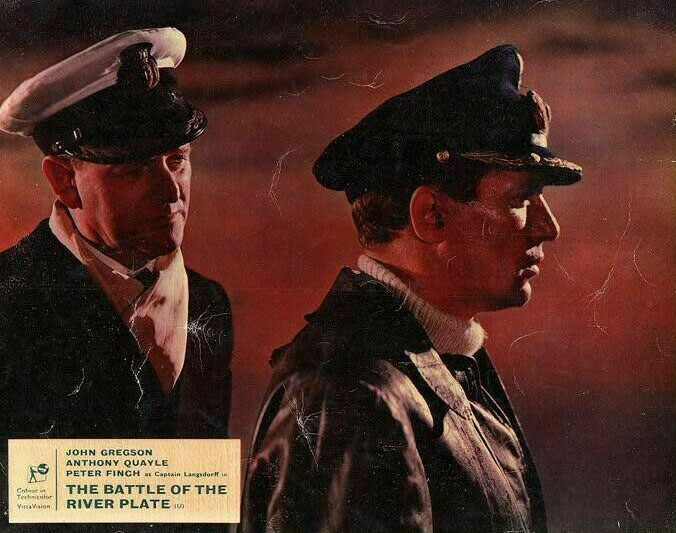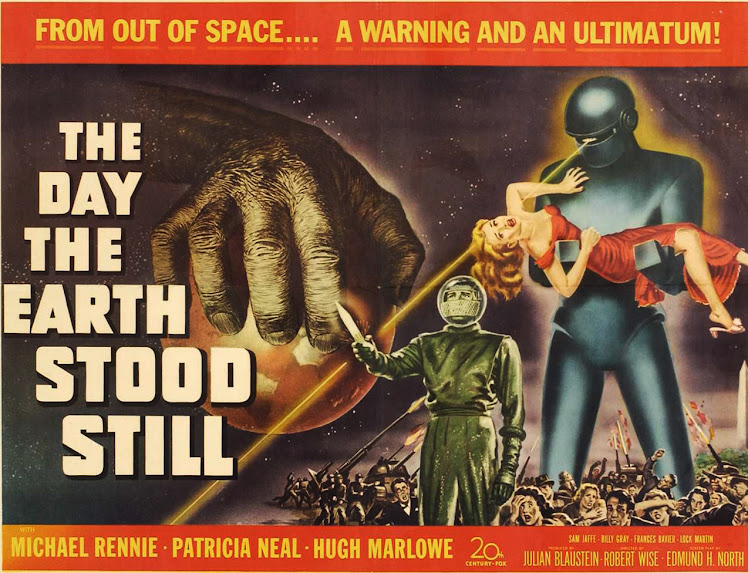Film Noir #8
Noir: Bewitched and The Bigamist
BEWITCHED (1945) --- Forty millions were said to have listened to this on radio, so said MGM’s trailer, idea to presell a modest programmer written and produced by Arch Oboler, an airwave wunderkind off O. Welles pattern who might in the end have been a greater mainstream success than Orson, if not a more accomplished talent. Bewitched was near as Metro came to “experimental,” as in doing something out of their ordinary and entrusting much to singular artist that was Oboler (only five foot one, really?). He had directed a single film prior, Strange Holiday, which among others (Claude Rains, Gloria Holden) featured my elementary school band teacher Priscilla Lyons, who had I but known once worked with Dracula’s Daughter, would never have got a moment’s peace in her mid-sixties classroom. You could say, then, that Bewitched was Oboler’s Magnificent Ambersons after Kane that was Strange Holiday, if one wanted to belabor similarities between Oboler and Welles. Bewitched has a cult, if a small one. I recall one collector being quite proud of his print, at a time when MGM titles were nearly impossible to come by on illicit-owned 16mm film.
Bewitched dealt with dual personality on serious, near-clinical terms, detail of which head doctor Edmund Gwenn explains to a 1945 public assumed to have never heard of such malady. So how common are split personas? I might name several of acquaintance without knowing any to be textbook instances. Phyllis Thaxter has an evil side that kills, perhaps a film-first apart from horror usage. Her sickness is a matter of much discussion, after fashion of radio where talk is chief, Oboler laying down his diagnosis, via Gwenn, as though he seconded in medicine behind dramatist skill. Door prize to murderess Thaxter is getting away with the crime once Governor Minor Watson is convinced it was the other Thaxter who was guilty, him promising a cursory investigation, maybe brief treatment, to clear the mess up. Psychiatry fascinated folks in the forties, lots willing to suspend disbelief however specious Oboler explanations were. There was key ad art of Phyllis Thaxter with scissors in attack mode for lure, and yes, she uses them on Henry H. Daniels, Jr., formerly a most obscure of Meet Me in St. Louis household, kept to ever smaller parts after. Don Miller had nice things to say about Bewitched in his B Movies book, a key study that came years before others cared about small budget stuff. Warner Archive offers a DVD.
THE BIGAMIST (1953) --- Is bigamy still a crime? I wonder because so many things that were verboten are not any longer. It seems in a way quaint to watch a movie about a man with two wives unless it's a comedy. Have there been, among oceans of rom-coms, one where a man or woman turns up with two or more spouses? Not that I would necessarily care to watch them, as I found The Bigamist something of an ordeal. Maybe it was the waiting for hapless Edmund O’Brien to be caught, which of course, he inevitably would be. He isn’t a bad sort, just one trapped by circumstance of not wanting to disappoint alternating wives Joan Fontaine and Ida Lupino. It is Eddie’s kind nature and selflessness that puts him on the pan, and we are sorry at seeing him fry. How often do such sympathetic figures turn up in noir?
Would it even be possible to marry twice or more today? Surely spyware loosed upon us would prohibit it. Even in 1953 such things could not have been easily managed. O’Brien does not do his crime for anything other than consideration toward mutually likeable partners. This is a triangle with no one to root against, or favor to exclusion of the other. The ending implies that O’Brien will keep one of his wives, maybe both if the trio has their way. I’d like to have seen The Bigamist end with husband/wives headed happily home to a menage a trois. These folks give every promise of making a go at it. Director Ida Lupino had almost as free and easy deal with husband Collier Young (writer-producing) plus star Joan Fontaine (Young's ex), forming their own threesome to make The Bigamist. Imagine Code quagmire had The Bigamist offered the ending we prefer. Here was noir offbeat for not a shot being fired or fist connecting. There is even kindly S. Claus (Edmund Gwenn) and several in-jokes referring to his most famous part. Gwenn refreshingly sees piteous circumstance of title figure O’Brien but judges him harshly anyway, status quo to be maintained whatever a viewer’s sentiment. The Bigamist is part of an Ida Lupino Blu-Ray set (of four) from Kino. My chips are down for this as one of her most interesting auteur efforts.

















































